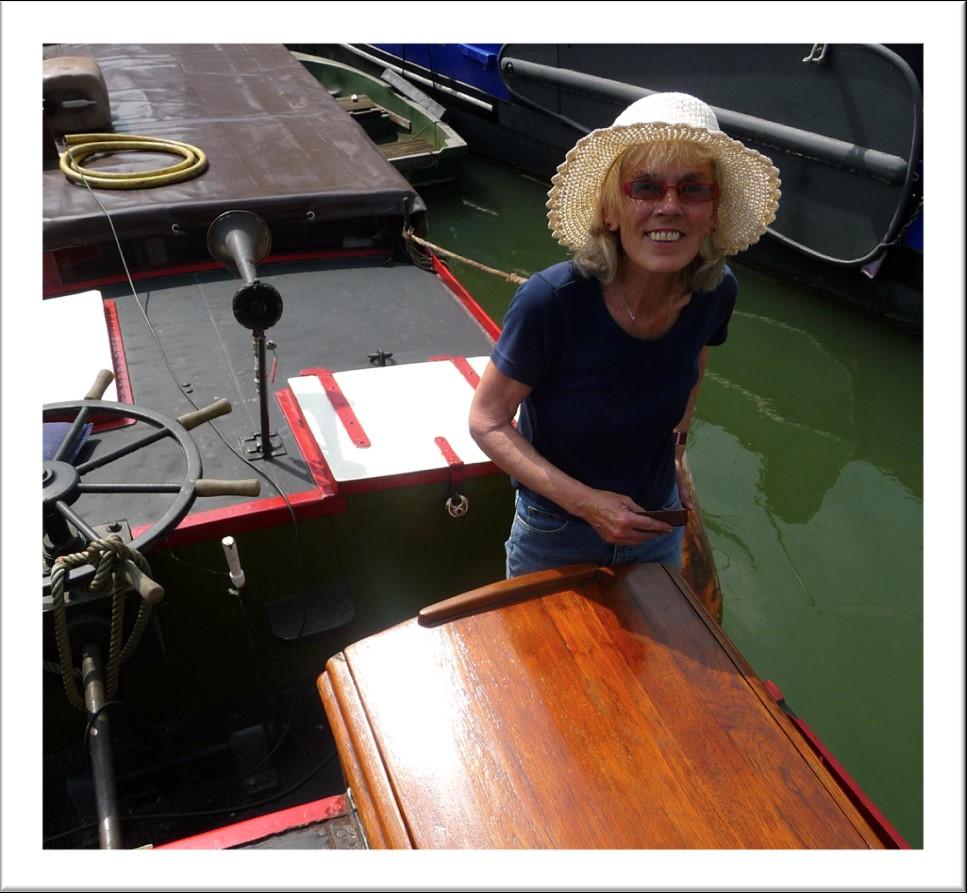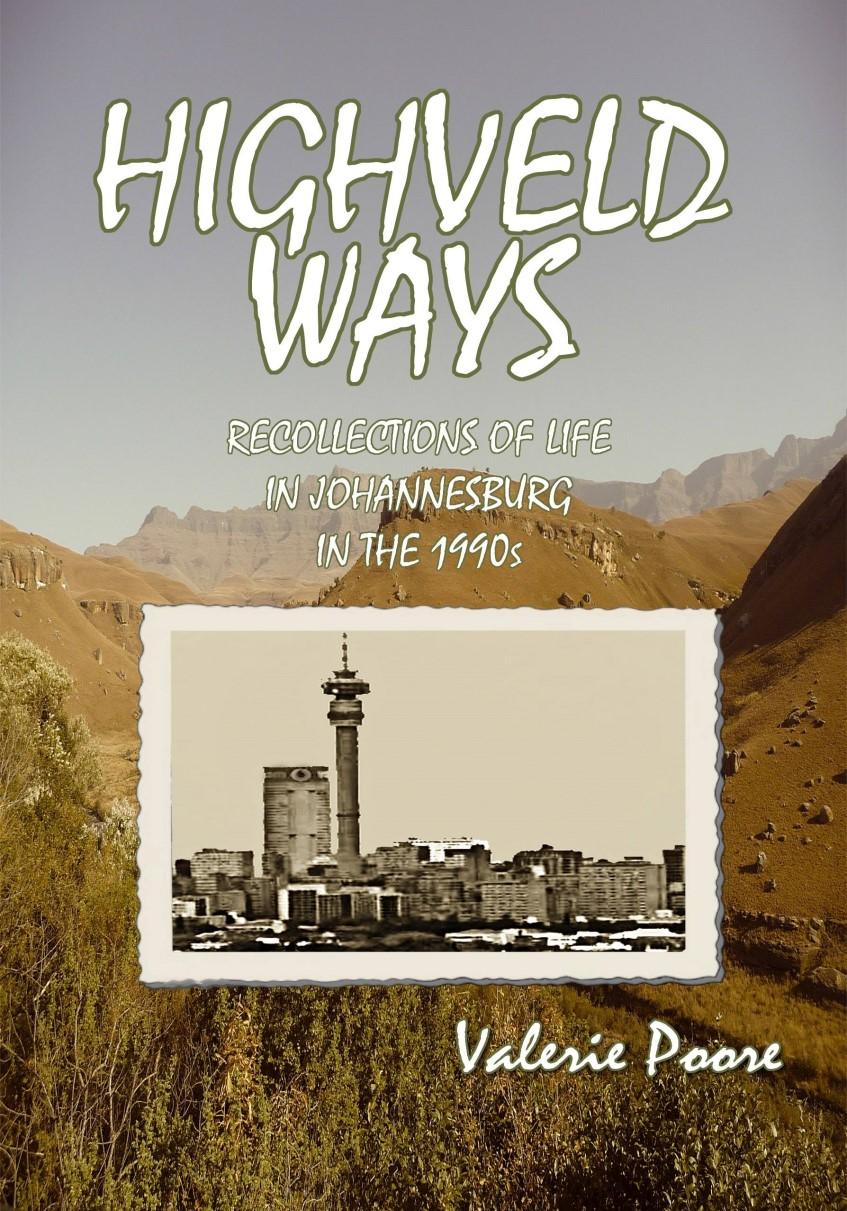
8 minute read
Flat Bottomed Girl: Barge Boats
Flat bottomed girl

Advertisement

Views from the canal VALERIE POORE takes the helm of our regular barge boat column.
WINTER ON A BARGE
It’s often strange for me sitting here in the northern hemisphere to read the stories and articles from all the Australian contributors to SisterShip Magazine. As I write, they’re all dealing with the challenges of summer, and this year what challenges they’ve had: bushfires, searing temperatures, drought and intensely difficult situations. My thoughts have often been with SisterShip’s Jackie Parry who’s been on constant alert to save her home from the encroaching fires, although it seems the longed-for rain has now relieved them.
Meanwhile, we in northern Europe have had little to complain about; it’s just that for us it’s winter and winter in the Netherlands isn’t much to get excited about unless you count the occasional wild winds from the west. We’ve recently had three of these, two of which warranted the names of Ciara and Denis. These unwelcome visitors meant the city had to close the flood gates due to the exceptionally high water caused by the spring tides and heavy rain. Mostly in winter, strong east winds result in extremely low water. However, here in Rotterdam we rarely have snow. In fact, in the last few years, snow has only graced us with its presence briefly and quite late in the season. Last winter, I think it was the end of February or even March before we had our smattering, but even then it only lasted a few days. Quite disappointing for those desperate to don their skates and travel the canals on foot rather than by boat. Being a maritime climate, of course, we don’t expect to have hard winters in the west of the country; in the east it’s much colder, but also dryer. So you might think that coping with winter on a barge in Rotterdam isn’t too bad. No, it isn’t, not if we compare it to Siberia, or even the central USA.
Alright, maybe that’s exaggerating the contrasts too much, but we have certain challenges ourselves for all that, added to which I categorically do not do cold.
To explain, old Dutch barges are steel, and even older Dutch barges are iron. Mine was built in 1898 and is 122 years old this year; it was constructed from 6 mm iron plates shaped and riveted to curved ribs. The upper part of my barge (I can’t call it a
superstructure –that would be far too grand) used to consist of wooden panelling with removable hatches on top for easy loading. I’ve kept that illusion for the most part by retaining the panels, but behind them, I’ve had steel sections welded so I now have four layers between me and the enemy (the cold): wood, steel, insulation, and more wood. The hatches are still not completely sealed and can be lifted off, but I have a layer of insulation and a ceiling attached to them, so drafts are minimal. Pretty snug all told, you might think. Even so, despite my best efforts the barge can get pretty frigid in the winter.
The reason it’s difficult to keep warm is that where it’s coldest –at the bottom of the hull –there’s no insulation at all and there’s only a few millimetres of iron between me and the icy waters below. There are those who spray foam into their hulls, or have other types of under floor insulation, but I don’t have this for the reason I like to know what’s going on under my floorboards.
I’ve talked about condensation before in an earlier article. It’s my number one fear; my nemesis, in fact. It can so easily creep down the walls and into crevices where nothing is seen and no one lives. In other words, it can quietly do its damage to an old barge without anyone being the wiser. I don’t like that idea; I want to be able to lift my floor and inspect the bottom regularly. So during the winter I live with cold that bites viciously into my ankles while my shoulders and face are glowing with warmth from the heat that rises from the stove. Thick bootie-type slippers are therefore essential to prevent frost bite, or at best, chill blains.


The barge at low water.

The worst part of it is when I arrive back on board after a weekend away. Everything, and I mean everything, is cold. From the plates and cups in my cupboards to the sheets and pillows on my bed. Even my tube of toothpaste is like cement and as for my olive oil and dishwashing liquid, both have turned into a glutinous sludge. The whole barge is chilled to its ribs and it takes hours for the warmth to seep into the fabric of the interior and raise the temperature to something approaching normal.
Sitting huddled in my coat with my gloves on and a blanket over my knees is condition normal for the first evening. Eventually, though, the air is warm enough to dispense with a couple of layers, although it takes longer for the furnishings and bedding to absorb it. So I’ve resorted to that wonderful vehicle of comfort from my childhood: a hot water bottle. Actually, I have two of them, one to cuddle under the blanket on the sofa and another to warm up the end of the bed. I’d forgotten what a boon they are and it took me far too long to think of them as a solution, but oh how glad I am they’re still available. There really is nothing that makes me feel better, happier, and more tolerant of the cold than a good old-fashioned hottie.
The other upside of coping with the cold is that I get to cook on my old Dutch oil stove, which always gives me a feeling of frugality
One pot cooking.

and a nicely satisfying smugness. It’s also much more efficient than the electric plate I use in the summer since I can stack things up on it quite safely owing to its small security railing. I can not only do all my veggies on it (with boiled eggs included), but also heat up things like vegetable patties and nut roast slices on top of those too –ideal on a cold night when good warming food is what you want.
In the very early days of my liveaboard life, I


struggled with the winters, and to some extent, I still do. I worry about the winds that seem to grow in intensity with every year, a bit like my age; I dread the darker days, which seem to last longer than the glorious long evenings of summer; and I complain about the cold, which is probably less than it was, given climate change, but I still hate it.
All things being equal, though, I manage pretty well despite my seasonal longing for my former home in South Africa. It’s either that or give up this life, which I’m definitely not ready to do just yet. But the greatest of all the upsides to winter is that spring, my favourite time of year, is just around the corner. It’s the rebirth of everything


VALERIE POORE was born in London, England, and grew up in both north London and the west of Dorset. She moved to South Africa in 1981 but returned to Europe in 2001, which is when she began her love affair with the lovely Dutch flat-bottomed barges (hence the page title). She has lived on a barge in Rotterdam’s Oude Haven since then, but summers see her and her partner on the Belgian and French canals. Val teaches writing skills at the local uni for a living, but has written several memoirs about her waterways life. Writing is a lifelong love as well as being her work.

Valerie’s books can be found at the following Amazon links:
Harbour Ways: https://geni.us/CkA1N91
Walloon Ways: http://geni.us/1CDTu
Faring to France on a Shoe: http://geni.us/AOt9kT
Rotterdam Reflections: http://geni.us/5pSxcgs
The Skipper’s Child: http://geni.us/PBwQnP
Watery Ways: http://geni.us/IusDZT
New from Valerie Poore….

This is the third book about the author's life in South Africa. In Highveld Ways, Valerie and her children join her husband in Johannesburg and begin a decade of life in and around the city. During the years that follow her arrival in 1989, Valerie explores the Highveld area on which Johannesburg is built and learns to love every aspect of South Africa's biggest, baddest city. The family move house five times and each new home brings its own memories and adventures, along with trips to Namibia, Zimbabwe and other parts of South Africa. The backcloth to this memoir is the turbulent political upheaval of the early 90s as well as the emergence of the New South Africa under Nelson Mandela. While no story about South Africa at the time can escape the often violent lead-up to the changes, Valerie's memories are focused on the events, the places and above all, the people who filled her life at the time.









